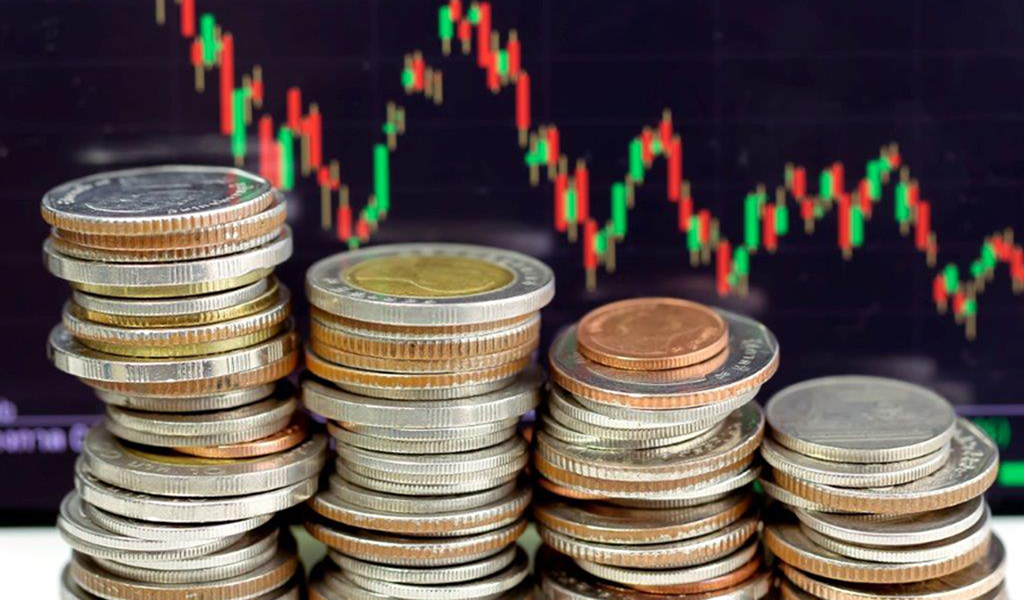August 3, 2017
Versions in ربي (Arabic), 中文 (Chinese), Español (Spanish), 日本語 (Japanese); Русский (Russian)
[caption id="attachment_20905" align="alignnone" width="1024"] A recent IMF paper looks at the effectiveness of negative interest rates, drawing on the initial experience of the euro area, Denmark, Japan, Sweden, and Switzerland (photo: Tuckraider/iStock by Getty Images) [/caption]
A recent IMF paper looks at the effectiveness of negative interest rates, drawing on the initial experience of the euro area, Denmark, Japan, Sweden, and Switzerland (photo: Tuckraider/iStock by Getty Images) [/caption]
Zero was gradually adopted in the ancient world—both east and west—as the ultimate point of reference, a point above and below which things change. For the ancient Egyptians, zero represented the base of pyramids. In science it became the freezing point of water, in geography the altitude of the sea, in history the starting point of calendars.
In the realm of monetary policy, zero was typically seen as the lower bound for interest rates. That has changed in recent years in the context of a slow recovery from the 2008 crisis. Several central banks hit zero and began experimenting with negative interest rate policies. Most did so to counter very low inflation, but some also were concerned about currencies that were too strong.
Financial stability
Questions arose. Should we worry about the effectiveness of negative rates and their potential side effects? Would such policies support demand? Would they undermine financial stability? Would rate cuts below zero have different effects than above zero? We offered some answers in a recent paper drawing on the initial experience of the euro area, Denmark, Japan, Sweden, and Switzerland.
Our paper confirms and builds on initial discussions in IMFBlog by José Viñals, a former director of the IMF’s Monetary and Capital Markets Department, and some of his colleagues. Among our conclusions: the mechanics of monetary policy’s effect on the economy is similar above and below zero, and so far the overall impact on bank profits and lending has been small. But there are limits to the policy.
Why consider the effects of negative rates now, when talk is shifting to interest rate normalization? For two reasons. First, we have accumulated enough experience—two years in most cases, more in others—to gauge the effects with greater certainty. Second, with rates expected to be generally lower in the new normal, the odds of hitting zero if monetary policy needs to be eased again are likely to be higher.
Why worry?
The fear is that negative rates could squeeze bank profits. Banks make money by charging borrowers more than they pay depositors. This margin could be compressed if deposit rates don’t fall as fast as lending rates or ultimately bottom out at zero. This scenario could put financial stability at risk because lower profits would make banks less resilient to shocks. It could also undermine the impact of monetary policy on lending, growth, and price stability.
Banks will hesitate to impose negative rates on depositors who have the option to withdraw their money and stash it in a safe. While storing, moving, and insuring cash is costly, it could be cheaper than paying the bank to hold money if rates are pushed very far below zero. Where is the tipping point? No one knows for sure. Depositors with larger cash balances and higher liquidity needs—such as companies—will tolerate more negative rates before switching to cash. Banks can thus afford to pass on negative rates to some of their depositors, and they have.
Banks can also cushion their margins by lowering lending rates by less than the policy rate cut. This will happen automatically if their portfolios consist primarily of long-term and fixed-rate loans and other assets. (At the same time, this more limited pass-through will reduce the impact of the policy rate cut.) Banks that rely more on large deposits and wholesale funding may gain ground against those relying primarily on retail deposits.
Further, even if margins compress somewhat, profits will not necessarily drop. Banks can support profits by charging fees and commissions, lowering provisioning charges as borrowers become safer, switching to cheaper wholesale funding, cutting costs, and booking capital gains from policy rate cuts. In addition, lower rates will spur economic growth and thus demand for bank services, which will ease the pressure on margins.
Early days
A review of early country experiences with relatively small cuts below zero supports this more benign view.
Overall, the policy seems to have worked well: money market rates and bond yields fell in every country we looked at. Currencies also weakened somewhat, at least temporarily. Deposit rates mostly remained positive, except those of large companies. Lending rates declined somewhat, though less than policy rates. Banks benefited from lower wholesale funding costs, and some raised fees. Bank profits have generally been resilient. Lending has held up.
But some banks suffered. As predicted, negative rates weighed on profits of banks with a greater share of deposit funding, small retail clients, short-term loans, and loans indexed to the policy rate (for example, in some southern members of the euro area). Banks facing tougher competition from lower-cost lenders and capital markets were also hurt.
Not the whole answer
So far, so good. Negative-rate policies appear to have helped domestic monetary conditions somewhat, with no major side effects on bank profits, payment systems, or market functioning.
However, if policy rates remain negative for a long time, or if a deeper dive below zero is contemplated, the effectiveness of the policy and the stability of the financial system could be at risk. Further, the ability of depositors to switch to cash limits how much rates can be cut. Other monetary support, combined with fiscal policy and structural reforms, remain critical to support recoveries.

